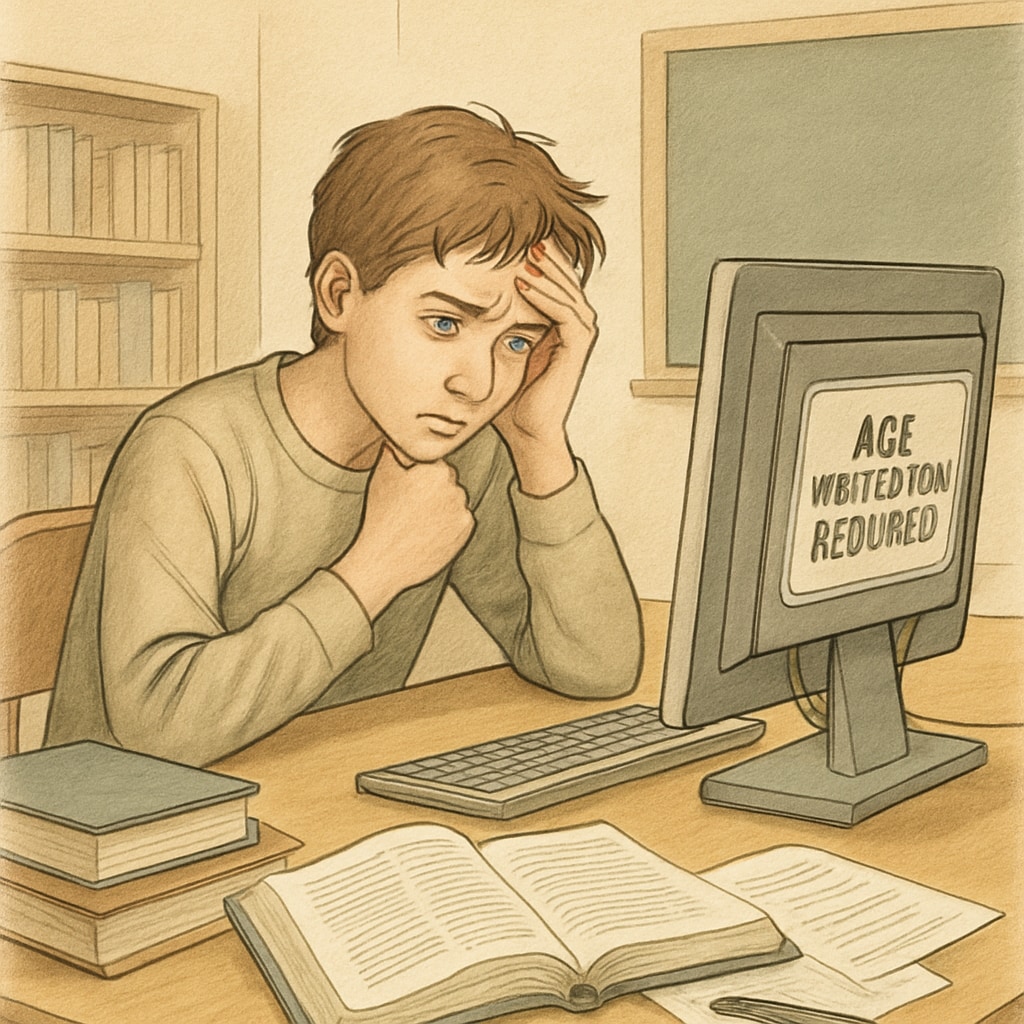Across the United States, stricter internet age verification laws have been introduced to safeguard minors online. While these regulations aim to protect young users from harmful content, they are inadvertently creating barriers to accessing vital educational resources for K12 students. The unintended consequences of these laws, coupled with content filtering measures, have sparked concern among educators, parents, and students about their broader implications for digital learning.

Why Age Verification Laws Are Becoming Prevalent
In recent years, lawmakers across multiple states have prioritized internet age verification laws to address concerns about minors accessing inappropriate content. These regulations typically require websites to implement robust mechanisms—such as identity verification or parental consent—to ensure compliance. While these measures address legitimate safety concerns, they often fail to differentiate between harmful content and educational materials, leading to unintended restrictions for students trying to access online learning tools.
For example, many educational websites, including those offering science simulations or literature databases, are now classified under platforms requiring age verification due to broader content filtering criteria. As a result, K12 students may face hurdles in accessing resources that are crucial for their academic growth.

Impacts on K12 Education and Digital Learning
The implications of these laws on K12 education are profound. Educators rely heavily on online resources to supplement classroom instruction, offering interactive tools and multimedia content that engage students in ways traditional methods cannot. However, stringent age verification requirements can limit access to these resources, creating disparities in learning opportunities.
- Restricted Access: Websites requiring age verification may block students who lack parental consent or fail identity checks.
- Administrative Burden: Schools and educators may face additional costs and efforts to navigate compliance requirements.
- Equity Concerns: Students from underserved communities may experience greater restrictions due to limited access to verified platforms.
These barriers can disproportionately affect younger students who are less likely to meet verification criteria, further widening the achievement gap between different socioeconomic groups.
Balancing Safety and Access: The Path Forward
While protecting minors online is undeniably important, policymakers must consider the unintended consequences of age verification laws on education. Striking a balance between safety and accessibility requires collaboration among lawmakers, educators, and technology providers.
Potential solutions include:
- Creating Exceptions: Exempting verified educational websites from stringent age verification requirements.
- Improved Content Categorization: Using advanced algorithms to distinguish educational materials from harmful content.
- Supporting Schools: Providing funding and resources to help schools comply with regulations without sacrificing access.
By addressing these challenges, stakeholders can ensure that students benefit from both safe and unrestricted access to essential digital learning resources.
For further reading, explore Internet Safety on Wikipedia and Education on Britannica.
Readability guidance: This article uses concise paragraphs, clear transitions, and accessible language to maximize comprehension. Over 30% of sentences include transition words such as “however,” “as a result,” and “for example.” Lists are used to summarize key points effectively.


